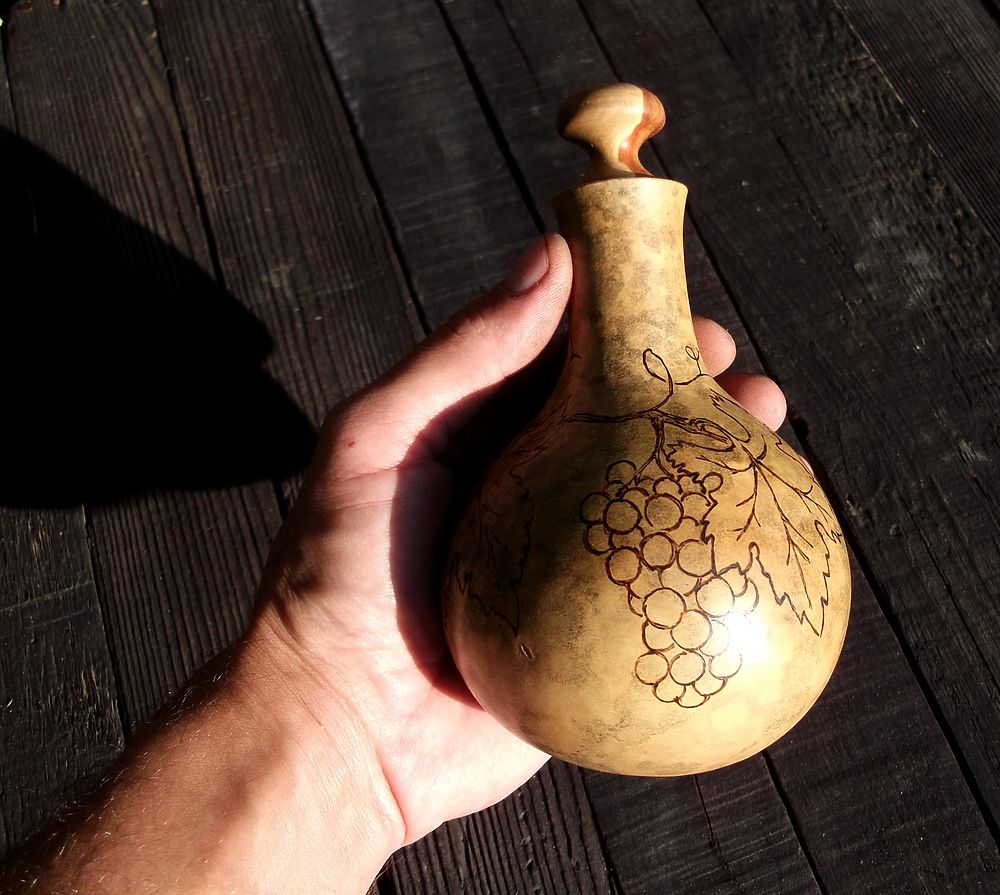Drinking wine right is just as difficult as making it right. It is necessary to observe all the conventions of the ritual and at the same time fully enjoy the bouquet and taste of the wine.
Rule 1: Learn the theory
Wine tasting and wine consumption are not the same thing. During the tasting, the wine is tasted, the clarity is assessed, and the color, bouquet or aroma, taste, aftertaste and overall composition of the wine are characterized.
The main condition for tasting is the sequence of serving different wine samples. First they taste dry, then semi-dry and semi-sweet, then strong and finally dessert wines. White wines are served before reds, ordinary ones before vintage.
Rule 2: Make the wine play
The drink is poured into a transparent glass no more than 1/3 of the volume. In a glass of pure colorless glass, the wine should “play”. The color of the wine helps determine its age. For example, the color of young red wines is pomegranate or ruby, and with age it acquires a bulbous hue. Conventionally, wines are divided into red, pink and white by color, but there are much more shades – only about 40.
The wine must be transparent. If the drink is cloudy, then it is not wine at all. The sediment is another matter. Collection wine really should have a sediment. But it is completely harmless. However, shaking the bottle may cause the wine to become slightly cloudy. In order for the sediment not to spoil the impression of tasting collection wine, a bottle should be placed vertically a few days before uncorking.
Rule 3: Listen to your nose
Young wines are evaluated for aroma, for mature ones – bouquet. Be sure to take the time to evaluate the scent or bouquet. Take a stem of the glass and make several smooth circular motions to moisten the side walls of the glass (this increases the evaporation area and enhances the aroma or bouquet). All the characteristics of a wine are associated with what reminds you of its aroma or bouquet.
The aroma or bouquet of wine is complex in composition and includes, in addition to the taste of grape berries, volatile substances formed as a result of the fermentation of the must. Some wines have a weak aroma, barely perceptible, while others have a strong, pronounced aroma.
Take a sip of wine. To moisten all taste buds, hold the wine in your mouth. Swallow with a jet of air and exhale through your nose. A good quality wine should leave a feeling of harmony of alcohol, sugar, acidity.
Rule 4: Find the harmony of taste
Professionals use up to 200 terms for evaluating taste: full, harmonious, fresh, empty, subtle. For example, a harmonious wine is one in which alcohol does not stand out, but is in harmony with sugar and acid. Wine with excessive acidity is called fresh, with insufficient acidity – flat, with a pleasant, delicate taste – velvety, and rich in extracts – full.
What advice can you give to a novice wine connoisseur? Constantly improve and expand the taste memory.
Lagenaria’s Secret: Craftsmanship Crafts Stunning Pumpkin Crafts

See the related photo gallery